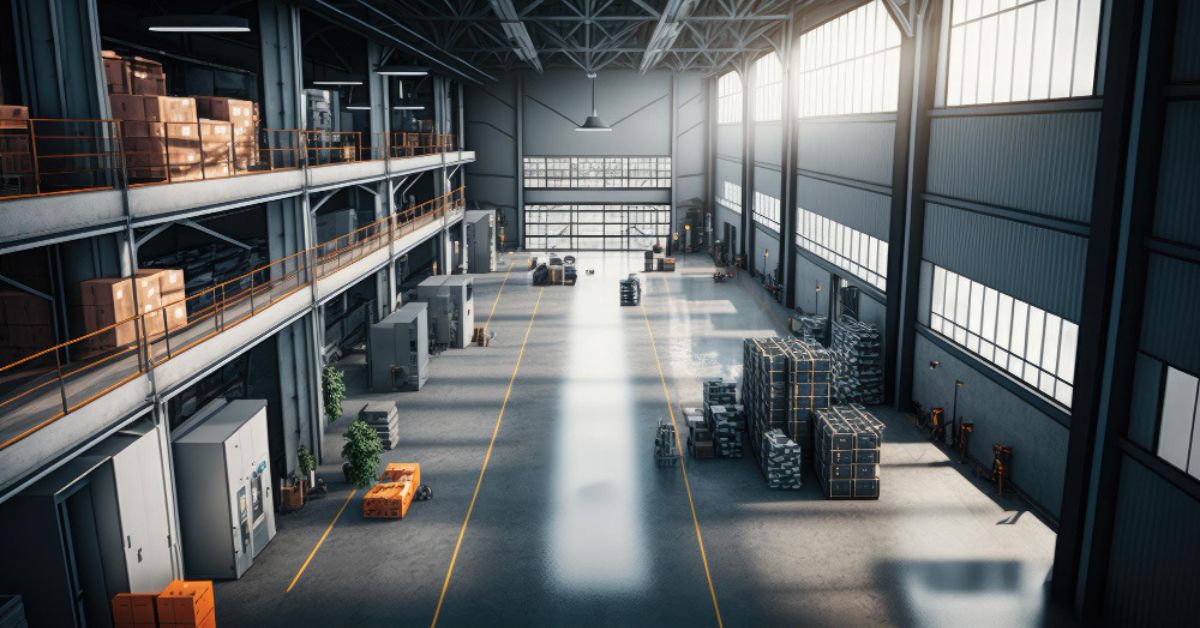In the bustling metropolis of Delhi, where commerce and trade thrive, the warehouse landscape plays a pivotal role in ensuring the seamless flow of goods and services. As businesses continue to expand and e-commerce gains momentum, the challenges associated with storage in Delhi have become more pronounced. This article delves into the intricacies of Delhi’s warehouse scene, exploring the hurdles faced and the innovative solutions that have emerged to navigate these storage challenges effectively.
Delhi’s Diverse Storage Challenges:
Limited Space:
One of the primary hurdles in Delhi’s warehouse landscape is the scarcity of space. With the city’s burgeoning population and the ever-increasing demand for storage, businesses often find themselves struggling to secure adequate square footage for their warehousing needs. This scarcity drives up costs and poses logistical challenges for inventory management.
Infrastructure Bottlenecks:
Delhi’s infrastructure, while rapidly developing, still grapples with bottlenecks that affect the smooth functioning of warehouse operations. Traffic congestion and inadequate transportation facilities can lead to delays in the transportation of goods, impacting overall supply chain efficiency.
Regulatory Compliance:
Navigating the regulatory landscape is another significant challenge for warehouses in Delhi. Adhering to safety standards, environmental regulations, and other legal requirements adds an extra layer of complexity to warehouse management. Failure to comply can result in fines and operational disruptions.
Innovative Solutions:
Vertical Warehousing:
To counter the space crunch, businesses in Delhi are increasingly turning to vertical warehousing solutions. Utilizing vertical space efficiently allows for higher storage capacity within a limited physical footprint. This innovative approach helps businesses optimize their storage capabilities while overcoming spatial constraints.
Technology Integration:
Warehouse management systems powered by cutting-edge technology are becoming indispensable in Delhi’s storage landscape. Automated inventory tracking, real-time monitoring, and predictive analytics enhance operational efficiency, reducing errors and improving overall logistics management.
Collaborative Warehousing:
Collaborative warehousing, where multiple businesses share a common storage facility, is gaining popularity in Delhi. This approach not only maximizes space utilization but also fosters cost-sharing among businesses, making warehousing more affordable for smaller enterprises.
Conclusion:
Delhi’s warehouse landscape is a dynamic arena where businesses must navigate various challenges to ensure seamless storage and distribution operations. Despite the hurdles posed by limited space, infrastructure bottlenecks, and regulatory complexities, innovative solutions such as vertical warehousing, technology integration, and collaborative models are reshaping the way businesses approach storage in the city.
As Delhi continues to evolve as a commercial hub, staying abreast of these trends and adopting forward-thinking strategies will be crucial for businesses looking to thrive in the ever-changing warehouse landscape. By embracing these innovations, businesses can not only overcome challenges but also turn them into opportunities for growth and efficiency.




